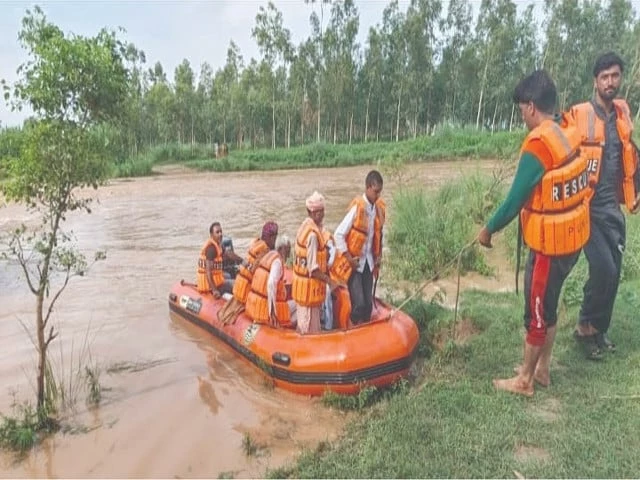In the midst of the increased risks of sudden landslides and floods during the current monsoon season, the National Disaster Management Authority (NDMA) issued a public opinion, urging citizens to avoid traveling in hilly regions and affected by disasters.
Following the Prime Minister’s directives, the NDMA asked the relevant authorities to take immediate measures to restrict tourist activities in vulnerable areas. The law enforcement organizations in tourist areas have been responsible for ensuring strict implementation of new restrictions.
According to the NDMA, the public movement in high -risk areas must be reduced during active monsoon spells to save lives and support emergency intervention efforts.
The opinion also notes that article 144 can be applied, if necessary, to impose tourist borders and maintain public security. Citizens were invited to remain vigilant, to avoid non -essential travel and to remain informed through verified official channels.
The bad weather in Gilgit-Baltistan and the adjacent northern regions caused a significant disruption of the transport infrastructure, which caused urgent travel opinions.
The National Operation Center (NEOC) of the NDMA has advised the public to avoid travel in the northern areas, citing road closings, landslides and floods.
Several key routes have been cut, with the Somro bridge in Ghanche, as well as the Saltoro and Baghicha bridges in Skardu, undergoing serious damage and made unusable.
The Jaglot – Skardu road remains closed, while the Dayan, Thali Baroq and Kalti roads in Ghizer are fully blocked. Access to Gilgit, Jaglot, Guru and Naltar was also cut. Meanwhile, the Gilgit – Hunza corridor, including Gulmit and Gojal, as well as the upper Babusar road, is completely closed.
The NDMA warned the persistent risks of floods and landscapes in Torghar, Battagram, Shangla, Lower Kohistan, Tata Pani, Gilgit, Hunza and Swat. Tourists and travelers were invited to postpone non -essential trips and prioritize security until the conditions improve.




